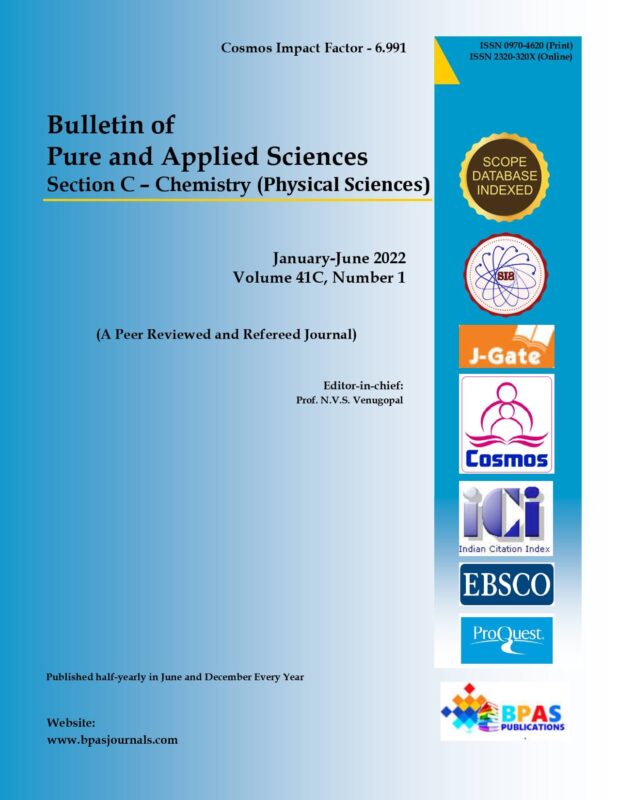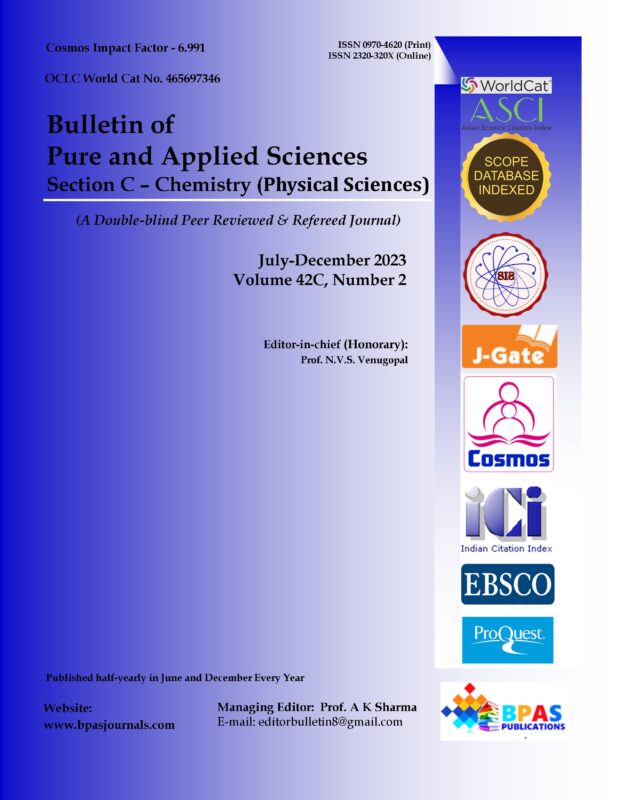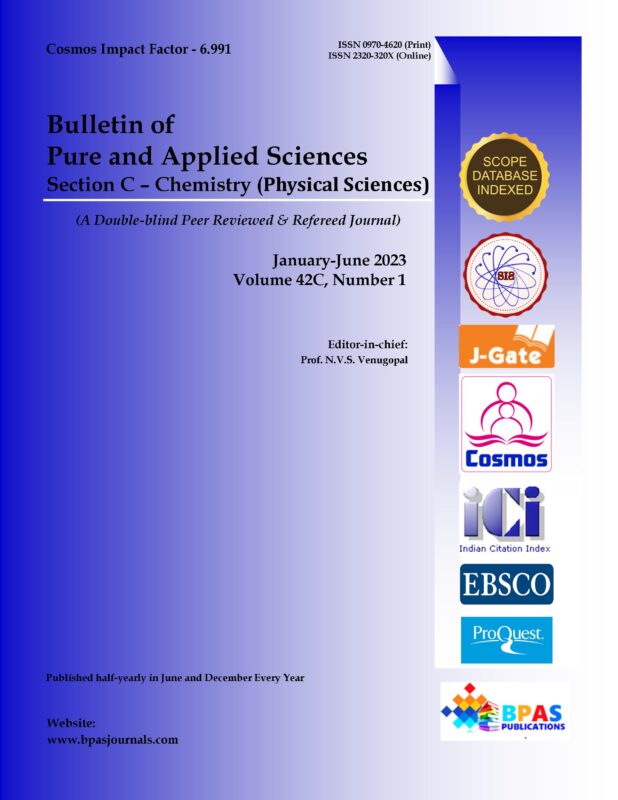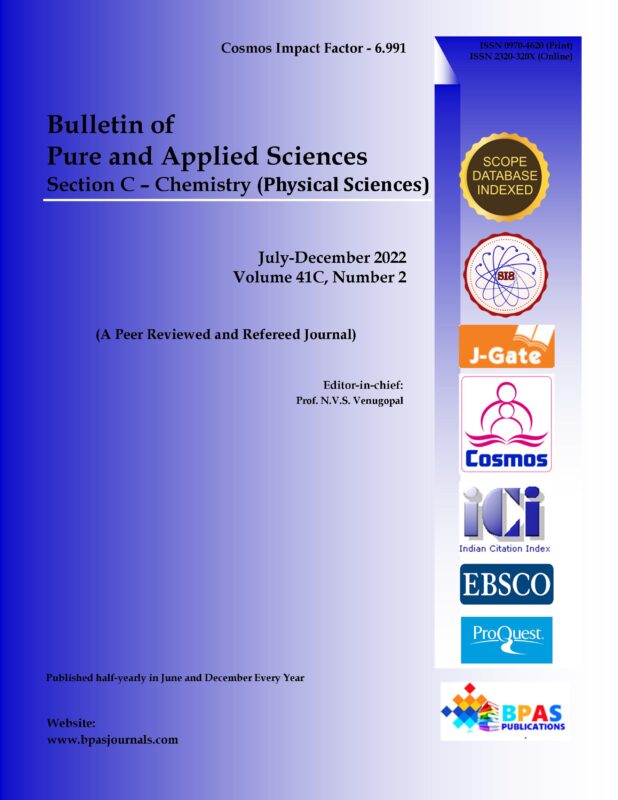View cart “Antidiarrhoeal Effects of Methanol Root Extract of Detarium microcarpum (Leguminosae) in albino Rats” has been added to your cart.
Relative Permittivity Behaviour of CH3COCH2CH3 (2-Butanone) with CH2Cl2 , CH2Cl.CH2Cl and CCl2CCl2.
9.38$
Year : 2022,
Volume & Issue : BPAS-Chemistry 41C(1), JAN-JUN 2022
Page No. : 1-8,
Article Type : Original Aticle
Article DOI : 10.5958/2320-320X.2022.00001.2 (Received on 10.01.2022 Revised on 29.04.2022 Accepted on 13.05.2022)
Categories: 41C(1), JAN-JUN 2022, BPAS-Chemistry
Description
Description
Atri Deo Tripathi*
Author’s Affiliation : Department of Chemistry, Faculty of Engineering, Teerthanker Mahaveer University, Moradabad, Uttar Pradesh 244001, India
Corresponding Author : Atri Deo Tripathi, Department of Chemistry, Faculty of Engineering, Teerthanker Mahaveer University, Moradabad, Uttar Pradesh 244001, India,
E-Mail:-dratri.engineering@tmu.ac.in, atri34tmu@gmail.com
Abstract
The experimental data for (relative permittivities) and n (refractive indices), were measured for mixtures of 2-butanone (BN) (CH3COCH2CH3) with dichloromethane ( ), 1,2-dichIoroethane (CH2Cl.CH2Cl) and tetrachloroethene (CCl2CCl2) at the temperature 308.15 K. The values of which represent the departures of the for the mixtures from the quantities occuring from the law achieved from mole fraction mixture, have been obtained. Calculated values of shows positive sign for BN with CH2Cl2 and CH2Cl.CH2Cl, whereas it is negative in the case of BN with CCl2CCl2. With the help of the values of and n, the Kirkwood correlation parameter, g, have been calculated for mixtures of BN with CH2Cl2 and CH2Cl.CH2Cl. The values of g indicate that BN forms intermolecular complexes with these compounds. The Equilibrium constant Kf, for the creation of complexes (1:1) of BN with CH2Cl.CH2Cl and CH2Cl2, have also been obtained with the experimental data for .
How to cite this article: Tripathi AD. (2022). Relative Permittivity Behaviour of CH3COCH2CH3 (2-Butanone) with , CH2Cl.CH2Cl and CCl2CCl2. Bulletin of Pure and Applied Sciences-Chemistry, 41C (1), 1-8.
Keywords
2-butanone, Relative Permittivity, Dichloromethane, Hydrogen Bonding, Dekameter





